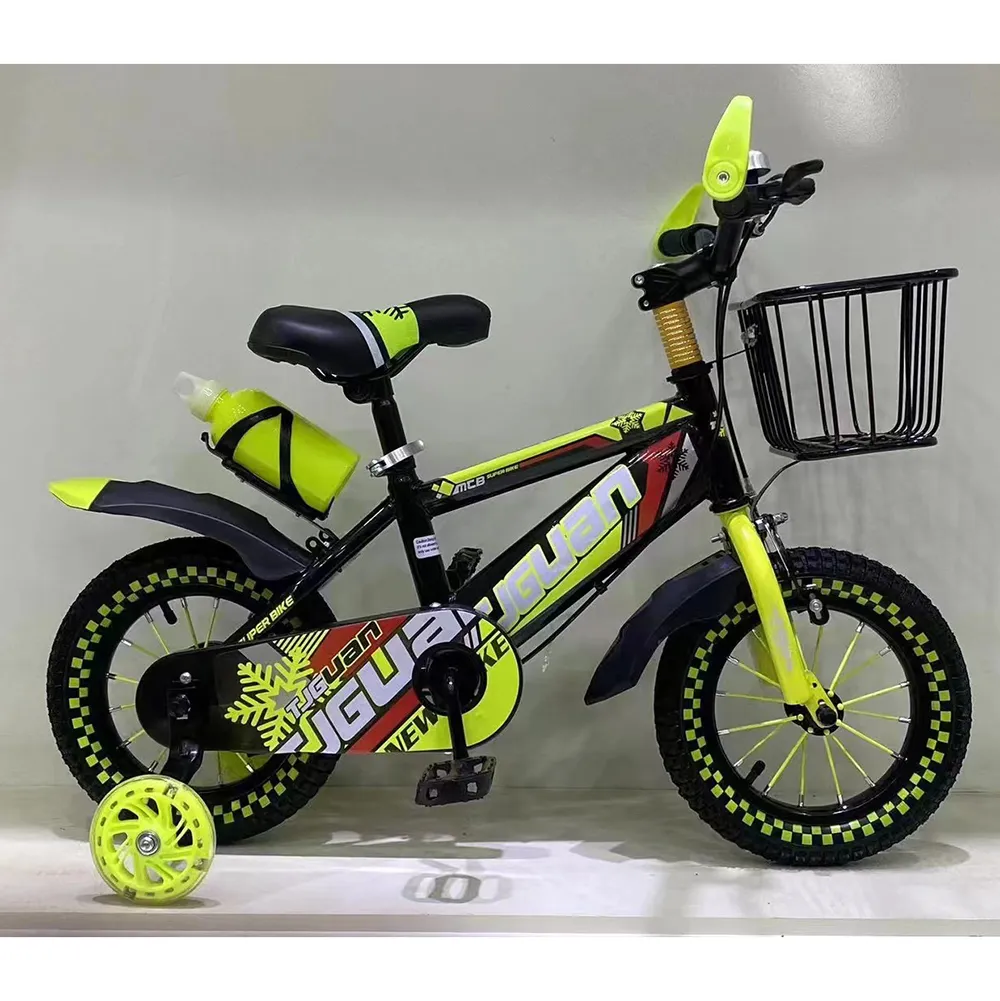Choosing the Best Balance Bike for Growing Kids to Enhance Their Riding Skills and Confidence
The Benefits of Balance Bikes for Bigger Kids
Balance bikes have gained immense popularity over the past few years, and while they are often associated with toddlers and younger children, their benefits extend to older kids as well. Designed without pedals, these bikes allow children to focus on balance, coordination, and confidence as they glide along. For bigger kids, a correctly sized balance bike can serve as an essential tool in developing essential skills for riding traditional bicycles.
Understanding Balance Bikes
Before diving into their benefits, let’s clarify what balance bikes are. They are lightweight bicycles that encourage children to push themselves along with their feet while maintaining balance on two wheels. Through this process, children learn how to steer and stop effectively, skills that are crucial when transitioning to a standard bike with pedals.
Enhancing Physical Development
As children grow, their physical development must keep pace with their increasing size and strength. Balance bikes cater to bigger kids by promoting core strength, boosting leg muscles, and enhancing overall coordination. As they maneuver their bikes, children engage various muscle groups, which is vital for maintaining a physically active lifestyle. Riding a balance bike provides cardiovascular benefits, promoting healthy growth and development in an enjoyable way.
Building Confidence and Independence
One of the most significant advantages of balance bikes is the boost in confidence they provide. For bigger kids, mastering balance and coordination on a bicycle can often feel daunting. A balance bike allows children to progress at their own pace, reducing the fear of falling or losing control. As they learn to balance and steer effectively, they develop a sense of achievement that translates to other areas of their lives. This newfound confidence can spur them to take on new challenges, fostering a sense of independence.
balance bike for bigger kid

Preparing for Traditional Bicycles
Transitioning from a balance bike to a traditional bicycle with pedals can be a seamless process. Since children accustomed to balance bikes already have the essential skills of balance and steering under their belt, they often find it easier to ride a pedal bike. The development of these foundational skills creates a much smoother transition, which can be especially beneficial for bigger kids who may feel pressured to keep up with peers riding conventional bikes.
Social Interaction and Physical Activity
Riding balance bikes can also create opportunities for social interaction among peers. Bigger kids can ride together, engaging in fun, cooperative play while fostering friendships. Group rides not only promote physical activity but also enhance social skills, teaching children about teamwork and camaraderie. Encouraging larger kids to ride together imbues them with a sense of belonging, which is vital during the formative years.
Choosing the Right Balance Bike
When selecting a balance bike for a bigger kid, it’s crucial to consider size and fit. The bike should allow the child to stand flat-footed on the ground while sitting on the seat, providing them with the necessary confidence and control. It’s also essential to choose a lightweight bike, which will make it easier for kids to maneuver and is more enjoyable to ride.
Conclusion
In summary, balance bikes are not just for toddlers—they play a vital role in the development of bigger kids as well. These bikes enhance physical skills, build confidence, and ease the transition to traditional bicycles. As children ride together, they foster friendships and enjoy the physical and emotional benefits of outdoor play. Investing in a balance bike for your child can lead to lifelong love and appreciation for cycling, laying the foundation for a healthy, active lifestyle.
-
The Perfect Baby TricycleNewsAug.11,2025
-
Ride into Fun with Bikes for KidsNewsAug.11,2025
-
Ride into Adventure with the Perfect Kids Balance BikeNewsAug.11,2025
-
Fun and Safe Riding with the Best Childrens ScootersNewsAug.11,2025
-
Find the Perfect Childrens Bike for Your Little OneNewsAug.11,2025
-
Explore the Best Baby Tricycles for Your Little OneNewsAug.11,2025
-
Three-Wheel Light-Up Scooter Benefits for KidsNewsJul.11,2025








